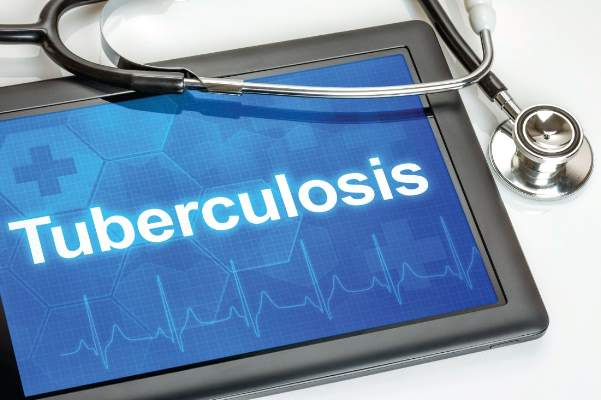ID Week 2017
SAN DIEGO (FRONTLINE MEDICAL NEWS) – Using an on-site multi-disciplinary team to approach patients who are unwilling to receive tuberculosis treatment can improve patient cooperation, according to a case study presented ID Week 2017, an infectious disease meeting.
Such public health interventions may be able to improve disease control and interrupt the transmission cycle among patients who are not adhering to treatment, according to Aisha Haynie, MD, MPA.
The first patient Dr. Haynie and her colleagues interacted with as a team was a young female adult diagnosed with active TB, who had been going back and forth from the hospital over the course of 10 months, according to Dr. Haynie.
“We started the patient on treatment and she actually decided to move into a motel,” said Dr. Haynie. “After that, she moved back into the family home and said she wasn’t having any contact [with residents], which we didn’t really believe.”
While the patient did reluctantly give Dr. Haynie and her team a list of five family members to test, the patient told Dr. Haynie that she and her team were not allowed into the patient’s home.
When the five members were tested, the new patients showed similar signs of reluctance and mistrust of the health system.
“The family members came to our clinic and two of them were TB positive,” recounted Dr. Haynie. “So they came back, but while they were sitting in the waiting room, they signed papers and they left.”
Despite continuous attempts to reach the family and address the growing concern from health professionals of the danger of TB transmission to other members of the family, patients continue not to adhere to procedures beyond pharmaceutical intervention.
In an attempt to directly contact the patient’s family, Dr. Haynie lead a team consisting of a local health authority physician, a TB nurse practitioner, a TB contact analyst, a nurse case manager, a county attorney, and an interpreter for unscheduled visits to family members individually.
“We had specific requests [including] keeping appointments, getting labs, and we added a deadline,” said Dr. Haynie, Chief of Disease Control and Medical Epidemiology for the Harris County Public Health & Environmental Services. “By the next Friday [we told them that] we were filing court papers with or without the information and we [would] be contacting child protective services as well.”
Following the intervention, the patient and her family adhered to testing procedures. This revealed an infant with active TB and 8 other family members with TB Infection. Isolation breaches were also discovered. Most importantly, the TB transmission cycle was interrupted, according to Dr. Haynie.
A key aspect of the team’s successful approach was to address cultural and economic barriers that hindered successful interaction with the family, TB misconceptions corrected in order for a trusting relationship to develop.
The investigators developed this intervention in Harris County, Tx, which at 4.3 million residents is the 3rd most populous U.S. county, and has reported a TB case rate of 7.6 cases per 100,000, which is approximately double that of the U.S. average, according to Dr. Haynie. Of those cases in Harris County, 73% are foreign-born, compared with the average rate of 59% in Texas.
Dr. Haynie and fellow investigators asserted part of the reason patients were so reluctant to receive treatment from the Harris County Public Health department was a combination of mistrust in the system and a number of false ideas patients have regarding TB, a sign of further educational tools being needed.
Since the first use of the intervention, Dr. Haynie and her team have implemented this approach with other non-adherent patients with relative success.
“This is something that we now do and we have not been back to court [to enforce compliance] since,” said Dr. Haynie.
ezimmerman@frontlinemedcom.com
On Twitter @eaztweets




